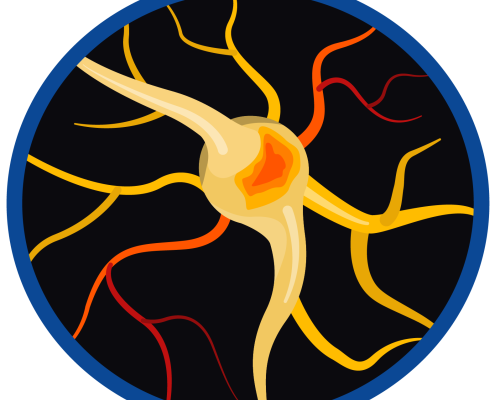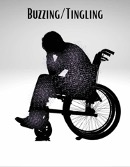Track and Monitor: A valuable method for gaining control of your neuropathic pain (Part 2)

Treating neuropathic pain is complex. If you experience it, there is a high likelihood that you agree with that statement. Neuropathic pain doesn’t always respond to treatments. In fact, research suggests that pharmaceuticals lead to a 50% neuropathic pain reduction for only 30% of people with SCI.


Most research attention has focused on understanding what (and how) pharmaceuticals reduce neuropathic pain among people with SCI. This explains why pharmaceuticals are the number one prescribed treatment for SCI-neuropathic pain. In 2016, the first ever neuropathic pain management guidelines were published. To create these guidelines, a team of Researchers and Medical Doctors summarized and evaluated all existing research on neuropathic pain treatments among people with SCI.
The CanPain Spinal Cord Injury Neuropathic Pain Management Guidelines consist of best practices, recommendations, and future research options to support health-care providers, organizations, and researchers. These Guidelines consist of 4 ranked treatment options, followed by a list of options that don’t quite have a large enough evidence base to support their prescription. The top 4 treatment options for neuropathic pain among people with SCI are: 1) pregabalin, 2) gabapentin, 3) amitriptyline, and 4) lamotrigine.
Guidelines are needed. They help inform health-care providers about effective neuropathic pain treatment options, and call attention to treatments that need a bit more research before prescribing them to people with SCI. But—what if you have tried one, two, or three types of neuropathic pain treatment options without success? OR, what if you are hoping to see how a treatment works over time? A good place to start, is to track your neuropathic pain symptoms.
Tracking your neuropathic pain helps you to collect important data about your neuropathic pain (which is often spontaneous, and might occur without an easily identified cause). This pain data can be shared with your health care provider for better diagnosis and treatments. Additionally, monitoring your neuropathic pain may help you gain control of your neuropathic pain, and
understand how daily activities may impact its intensity or frequency. For example, driving in a vehicle multiple times per day may increase your neuropathic pain in your lower body, whereas going for a light walk/wheel may lower your pain intensity.
You may be thinking that it is not your responsibility to track your pain. Perhaps you may believe that your healthcare provider should be an expert in neuropathic pain, and identify the most effective treatments within a short period of time. Unfortunately, healthcare providers often don’t have enough data on their patient’s neuropathic pain symptoms which makes it challenging to recognize, assess and control neuropathic pain intensity and frequency. In turn, patients are often dissatisfied with their neuropathic pain management routines.
I highly recommend that individuals with SCI-neuropathic pain consider tracking their neuropathic pain sensations. While focusing on neuropathic pain may unfortunately increase its intensity in the moment, tracking pain experiences aims to be helpful over the long term. Information to track may be location, type, intensity, trigger, remedy, clothing, and activities. Tracking should occur multiple times per day, for at least one week. Many charts and Smartphone applications exist to help monitor pain intensity and frequency. The most important outcome of tracking your neuropathic pain may not be a reduction in its’ intensity. Rather, tracking may allow you to regain control of your neuropathic pain, instead of having pain control aspects of your daily life.
Stay tuned for the next blog post, where we will be discussing whether exercise or movement can be used as a possible tool for reducing neuropathic pain
Kendra Todd is a Ph.D. Candidate at the University of British Columbia.
